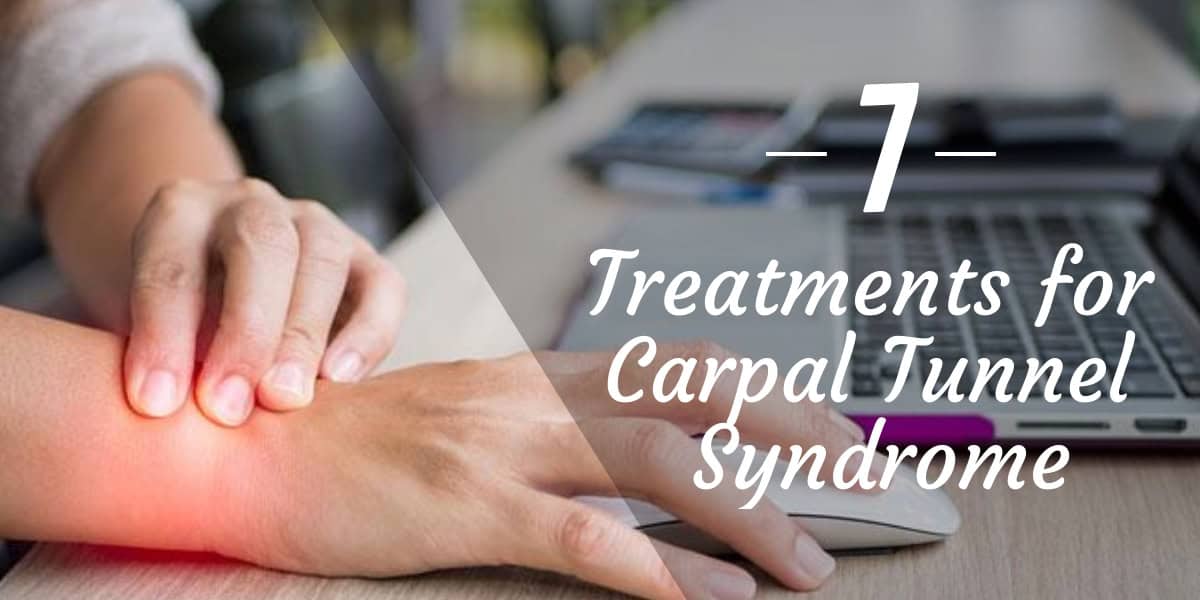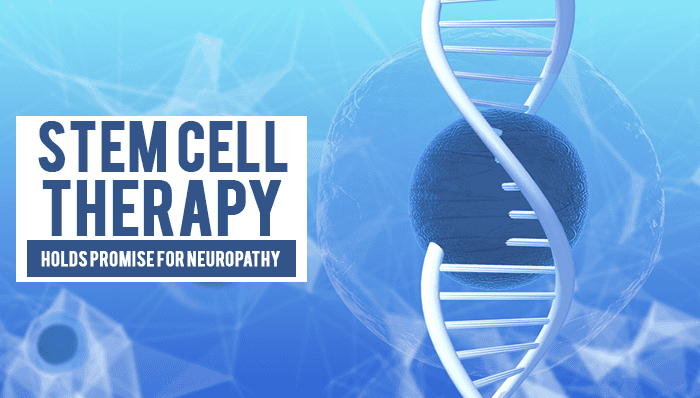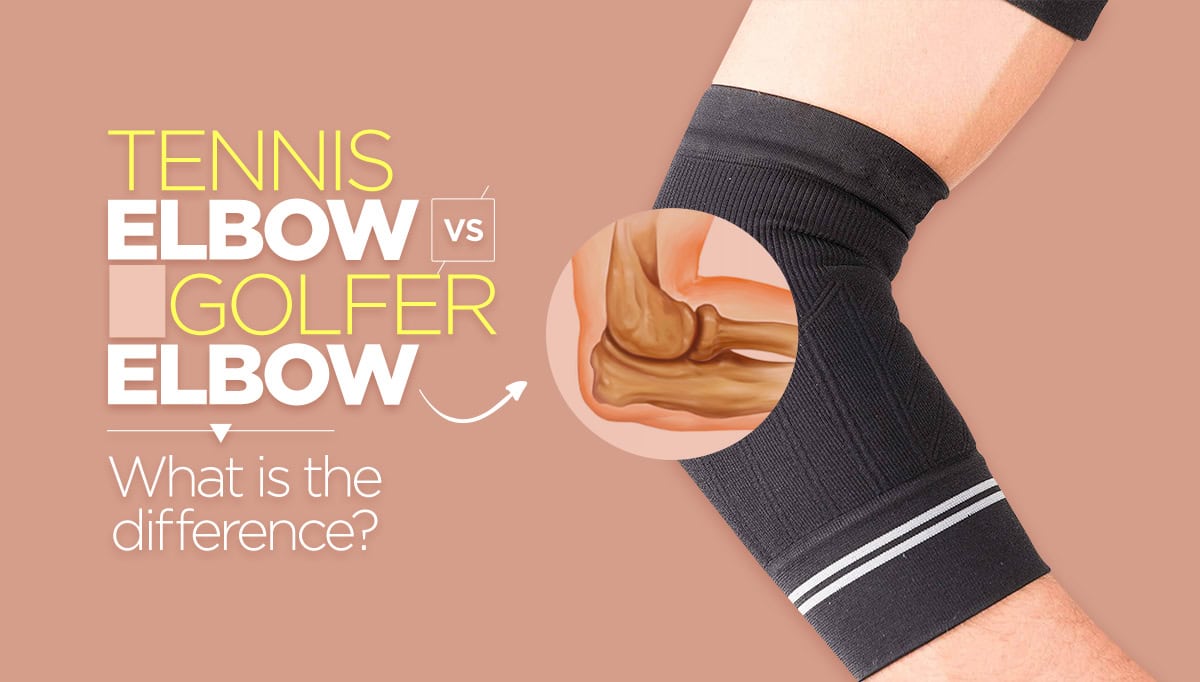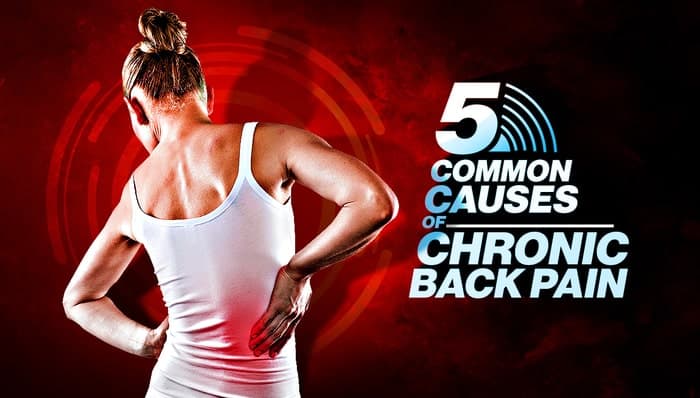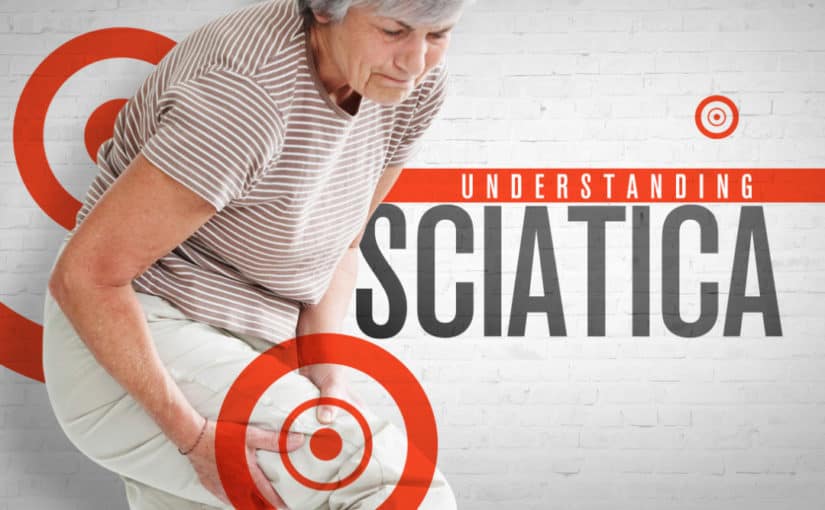If you’re feeling numbness, tingling, or weakness in your hand, do not ignore and consult a doctor as soon as possible. There is a chance that you may be suffering from carpal tunnel syndrome. Carpal tunnel syndrome treatment becomes necessary as it is an ailment that affects the hands and is caused by pressure on the median nerve in the wrist.
If you are taking it lightly, then there are chances that you are going into the lion’s den.
If left untreated, carpal tunnel syndrome can lead to instability and lack of coordination between your fingers and thumb.
Looking at the consequences of the syndrome being untreated, it becomes essential to understand the basics of carpal tunnel syndrome.
- The carpal tunnel is a small passageway on the palm side of your wrist. Nine tendons and the median nerve move through this tunnel. Tendons are responsible for controlling the movement of the fingers.
- The median nerve works as a pathway for the sensations a person feels in the palm, thumb, index finger, middle finger, and outer border of the ring finger. It also transmits nerve signals that move muscles around the base of the thumb.
- Carpal tunnel syndrome happens when the space in the carpal tunnel becomes smaller, as a result of which there is an increase in pressure on the median nerve.
- In its early stages, symptoms may include recurrent tingling or numbness in the thumb, index finger, middle finger, and outer border of the ring finger, along with aching in the palm.
- People tend to wake up during the night due to numbness and tingling and have to shake the hand for long periods to ease those symptoms.
- As carpal tunnel syndrome progresses, a person may feel he/she is losing coordinated movement of the fingers.
- People may notice weakness in their fingers which makes it difficult to perform daily tasks.
Who is at risk of getting carpal tunnel syndrome?
- The carpal tunnel in women is smaller than in men. This can be the reason why women are three times more likely to develop the carpal tunnel syndrome. The dominant hand usually gets affected first and produces severe pain.
- People with diabetes or other metabolic disorders that directly affect the body’s nerves and make them sensitive to compression are also at high risk.
The risk of developing this syndrome is especially prevalent in those performing assembly line work like manufacturing, sewing, finishing, cleaning, and meat or fish packing. Carpal tunnel syndrome is three times more common among these workers than among data entry personnel.
From yoga to surgery, there are a lot of options available when it comes to treating carpal tunnel syndrome. However, take a note that the treatment that worked for your friend or relative, might not work for you. You may need to try out different approaches to get the relief.
Carpal tunnel syndrome tends to grow slowly and gets worse with time. But if it is treated in the early stage, it can be slowed down or rather stopped. Early carpal tunnel syndrome treatment results in a short recovery time.
Following are some alternative methods to treat carpal tunnel syndrome:
- Exercise:
If you have mild symptoms of carpal tunnel syndrome, a few simple exercises might help. To get the best results, perform these exercises along with other treatments, like using a brace and tweaking your activities so they put less stress on your hand and wrist.
When you try hand exercises, remember this isn’t like going to the gym to lose weight. The “No pain, No gain” idea doesn’t work here. If it pains, take a break. Pushing it can make the symptoms worse.Two most common exercises are:- Shake your hands:
As straightforward as it sounds, this involves shaking hands as you’ve just washed them and trying to air dry them.Repeat this for a minute or two every hour to keep flexor muscles of your hands and its median nerve from getting cramped and tight during the day. You could even combine this into your hand washing routine. You wash your hands frequently, right? Obviously yes! Hence, use your carpal tunnel syndrome treatment as another reason to wash often and kill the flu. - Stretch your arms:
First step: Place one arm straight out in front of you. Keep elbow straight with your wrist extended and fingers facing the floor.Second step: Spread your fingers slightly and use your other hand to apply gentle pressure to the downward-facing hand, stretching your wrist and fingers as far as you can.Third step: When you reach your maximum point of flexibility, hold this position for about 20 seconds.
Final step: Switch hands and repeat.
One more tip: Be slow and easy. Check with your doctor and make sure that the exercise is right for you.
- Shake your hands:
- Over-the-counter drugs:In many circumstances, drugs can ease the pain and swelling associated with this syndrome. Nonsteroidal anti-inflammatory drugs, such as aspirin, ibuprofen, and other non-prescription painkillers may provide short-term relief from pain. Medications such as naproxen can help relieve pain and inflammation. Corticosteroids or the drugs like lidocaine can be introduced directly into the wrist or intaken through the mouth to relieve pressure on the median nerve for mild or occasional symptoms.
- Relief injections:Corticosteroid injections can be useful for temporary relief from symptoms. This form of treatment is believed to decrease discomfort due to its ability to decrease median nerve swelling. The use of ultrasound while performing the injection is a bit expensive but this leads to a faster resolution of CTS symptoms. The injections are given under anesthesia. However, local steroid injections are used until more comprehensive treatment options are available.
- Physical therapy:A recent evidence-based guideline given by the American Academy of Orthopedic Surgeons assigned various grades of recommendation to physiotherapy and other nonsurgical treatments. One of the primary issues with physiotherapy is that it attempts to reverse years of pathology inside the carpal tunnel. Practitioners advise that any physiotherapy such as myofascial release takes weeks of determined application to effectively control carpal tunnel syndrome. Some claim that proactive ways to reduce stress on the wrists, which relieve wrist pain and strain, involve adopting a more ergonomic work environment.
- Splinting or bracing:Wearing a splint at night will keep you from twisting your wrist while you are sleeping. Keeping your wrist in a straight position takes pressure off the nerve in the carpal tunnel. Wearing a splint during the day might help during activities that aggravate your symptoms.Many health professionals have a common suggestion that one should wear braces at night and during any activity that primarily causes stress on the wrists.
- Ancillary approaches:Some people with CTS have success with alternative or complementary medicine. Always consult your doctor before trying any medications. Some options are:
Yoga: Researches have shown that it relieves pain and increases grip strength.
Ultrasound therapy: Sound waves are used in this treatment to raise the temperature in your hand and wrist. The heat can soothe pain and aid with healing.
Acupuncture: Some studies have found that acupuncture helps with carpal tunnel syndrome. - Modified activities:Carpal tunnel syndrome often appears when you keep your hand and wrist in the same position for a long time. It’s even worse if you have to keep your wrist bent. So, it’s recommended to keep it in a straight and neutral position. You may want to:
- Take a break every hour and do stretching exercises for your hands.
- Speak to your manager to see if he allows you to change your desk, tools, or work setup.
- Try to use your alternate hand for your tasks.
- Avoid applying much force in a task. Use only the amount of force that is needed. Avoid holding your tools too tightly.
- Keep your posture right. Try not to throw your shoulders forward, which starts a chain reaction that makes wrist problems even worse.
As carpal tunnel syndrome becomes more critical, you may experience less grip strength because the muscles in your hand contract. Pain and muscle cramping will also become graver.
The median nerve begins to stop functioning because of the irritation or pressure around it. This leads to:
- Slow nerve stimuli
- Reduced feeling in the fingers
- A loss of power and coordination, mainly the ability of pinching by the thumb
- Permanent muscle damage in the hand. So, don’t skip seeing a doctor.
Carpal tunnel syndrome treatment includes medication and surgery. Kennedy Health Pain Relief & Wellness Center is a health service provider who holds expertise in carpal tunnel syndrome treatments without surgery. Treat your carpal tunnel syndrome without any surgery from our experts! Contact Kennedy Health Pain Relief & Wellness Center to know more about this treatment.


